An empirical approach of past and present mobility management in the desert societies of camel breeders in South Eastern Morocco

Authors:
Nomad, semi-nomad and transhumant used to be the most frequent mobility types of pastoral society. Nowadays, these categories become questionable in regard to the evolution of the pattern life of families in southern Morocco. How do we link past and present mobility? What have been the changes? In this article, we question the relevance of the aforementioned categories of mobility, as defined by the actors of scientific research and development, to analyze and classify pastoral mobility management that condition the way of life and the adaptive capacities of Saharan societies, by mobilizing different corpus such as ‘récit de vie’ and typology. This study was conducted downstream in the Drâa Valley (Morocco). If the majority of breeders claim to be nomads as soon as they practice a pattern of living in a tent over the course of a year, the typology of mobility pattern reveals intra- and inter-annual fluctuations of its management embedded in their adaptive strategies to climate variability or economic constraints which makes difficult to classify breeders according to the mobility only. In this context, developing climate change mitigation interventions for pastoral societies need to understand and integrate the permanent changing pattern of mobility management in these pastoral societies.
